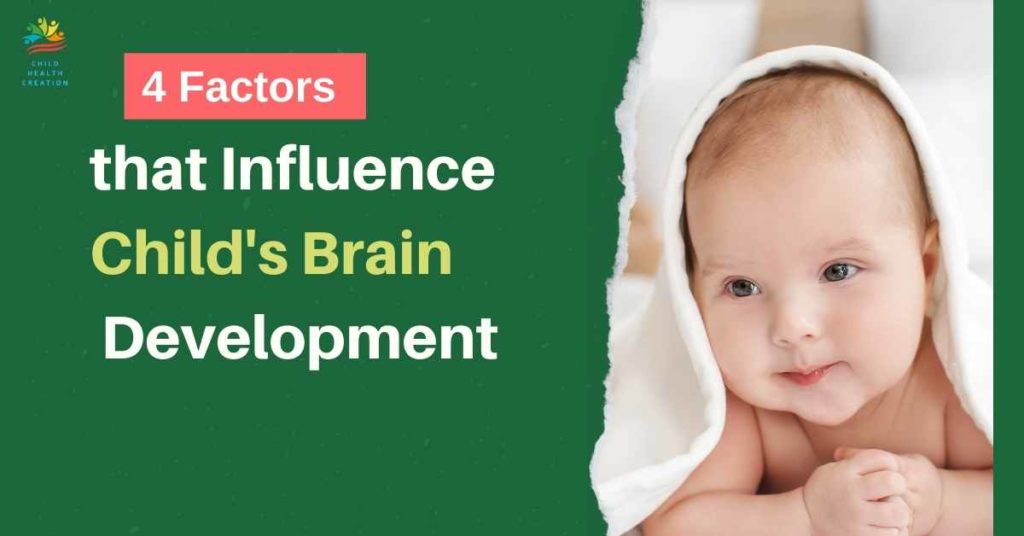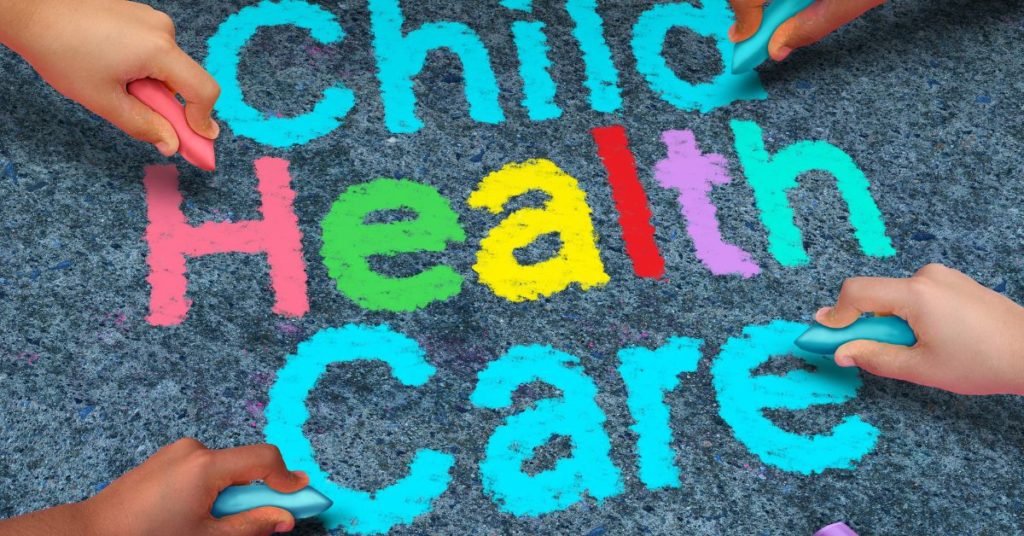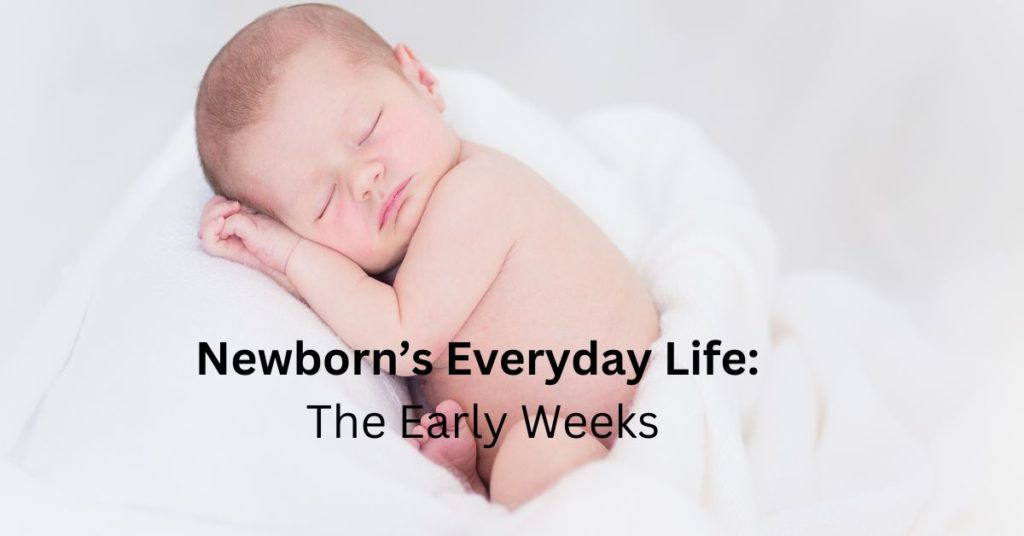Regarding this topic, scientists name a range of factors – from the nature of nutrition and the safety of the social environment to illnesses and injuries suffered in infancy.
The course of pregnancy is also of great importance: caring for the health of a child’s brain should begin at the planning stage.
To prevent possible violations of its brain development, doctors prescribe vitamin folic acid to expectant mothers and preventive vaccinations: against influenza, rubella, and other infections for needs. It is also recommended to stop smoking and drinking alcohol during pregnancy.
In the following information, I summarized factors influencing the child´s brain development and healthy growth.
Table of Contents
Factors for advanced brain development and cognition
1. Proper Nutrition
Regarding the baby’s age, because the baby is growing intensively and his body and brain require more and more important nutrients. Look at this article: The influence of nutrition on a Child’s Brain Development, Learning ability and Behavior: New Guidelines.
How is nutrition related to brain development?
It seems that all modern parents have adopted the postulate about the importance of proper nutrition for their children. But what is behind it? How is nutrition related to the brain? And here’s how: it turns out that brain development can be disrupted if the child does not receive the necessary nutrients. As a result, we may experience defective development of the sheath of nerve fibers (myelin) and insufficient brain size.
Healthy development does not just depend on what a child eats, but also on several other factors, which I will discuss next. It is important that you take note of these because a healthy child´s development is a lot more complex than people think, and all essentials should be considered.
2. Physical activity
Positively impacts the brain´s development. You can read about this in Article.
I just resumed this information here: Physical activity promotes brain development processes and, thus, learning performance and emotional development through neurogenesis in the hippocampus and its interaction with connective tissue.
3. Learning is Fitness for the brain
The learning process means that new connections are created between nerve cells – or existing bonds are strengthened, increasing a child’s cognitive function. Look at this article: How does physical exercise affect learning?
4. Healthy psychosocial development
A child’s social environment plays a key role in brain development.
What is a stimulating environment for the baby’s brain?
The results of many years of research show that in the first year of life, the development of the brain can also be affected by the child’s social environment. Under its influence, such a property of the brain as neural plasticity is formed – the ability to change in response to the acquired experience physically. The more attention and care a child receives, the better his brain develops. Because under the influence of positive emotions that a child gets from parental love and care, from a favorable environment, specific substances are produced – neurotransmitters that are involved in the transmission of nerve impulses from cell to cell and contribute to an increase in connections between brain neurons.
In contrast, childhood malnutrition and lifelong abuse reduce the activity of a gene that protects the brain from exposure to stress hormones.
The main goal of a Healthy psychosocial development of a child – generating Positive Emotions
Here are the main components of the right environment around the child:
- Parental attention – eye contact and a sense of security contribute to the formation of new connections between brain neurons, which will later be involved in the process of learning and establishing contact with new people;
- Communication with the family is the first experience of communication for the child; if it is positive, then the child gets used to generate positive emotions and forms a positive emotional intelligence; in turn, the negative emotions that a child experiences if they are shouted at, subjected to emotional and physical violence, make the child withdrawn, closed to new knowledge and the realization of their potential;
- Games and communication – the child should be able to look at pictures and objects, hear a variety of sounds and speech, and touch different things; this stimulates various analyzers and involves certain parts of the cerebral cortex in active functioning.
Resume
Supporting a child’s healthy development depends on several factors. These include:
- Access to health care and medical services;
- Adequate nutrition throughout childhood;
- Caring interaction with family and other adults, including creative play, protection from accidents or environmental dangers, and access to basic needs, such as water;
- Pre-school/school interaction, with adequate adult care and supervision, in an environment conducive to learning and nurturing effective relationships;
- Completion of primary and secondary education, leading to the attainment of academic and social skills.
As you can see, the development of a child’s brain is a complex process that you and I can control by doing the most basic parenting activities: feeding, caring, monitoring health, and creating a nurturing environment. It’s easy, but it’s helpful! And to understand the issue even better, read the recommendations in other articles.
Please also leave your comment below if you liked this article.





